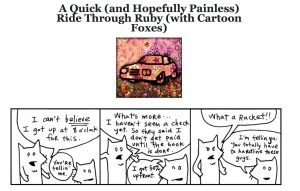 Ruby Programming Basics For Kids
Ruby Programming Basics For Kids
Why’s Poignant Guide to programming Ruby is aimed at making ruby programming basics simple and fun, with lots of examples children can learn. Perfect for introductory programming classes, self-study or in home-school or classrooms. Packed full of cartoon images of foxes and cryptic stories. Perfect to keep unruly teenagers entertained!
Sample Text from the Book
No. Please don’t puzzle over it. You don’t need to do anything with the onion. Set the onion aside and let it do something with you. I’ll be straight with you. I want you to cry. To weep. To whimper sweetly. The Ruby programming basics is a poignant guide to Ruby. That means code so beautiful that tears are shed. That means gallant tales and somber truths that have you waking up the next morning in the arms of this book. Hugging it tightly to you all the day long. If necessary, fashion a makeshift hip holster for Why’s (Poignant) Guide to Ruby, so you can always have this book’s tender companionship. You really must sob once. Or at least sniffle. And if not, then the onion will make it all happen for you.
A Quick (and Hopefully Painless) Ride Through Ruby (with Cartoon Foxes)
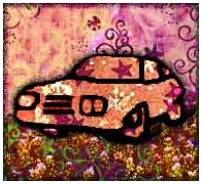

Yeah, these are the two. My asthma’s kickin in so I’ve got to go take a puff of medicated air just now. Be with you in a moment.

I’m told that this chapter is best accompanied by a rag. Something you can mop your face with as the sweat pours off your face.
Indeed, we’ll be racing through the whole language. Like striking every match in a box as quickly as can be done.
1. Language and I MEAN Language

My conscience won’t let me call Ruby a computer language. That would imply that the language works primarily on the computer’s terms. That the language is designed to accomodate the computer, first and foremost. That therefore, we, the coders, are foreigners, seeking citizenship in the computer’s locale. It’s the computer’s language and we are translators for the world.
But what do you call the language when your brain begins to think in that language? When you start to use the language’s own words and colloquialisms to express yourself. Say, the computer can’t do that. How can it be the computer’s language? It is ours, we speak it natively!
We can no longer truthfully call it a computer language. It is coderspeak. It is the language of our thoughts.
Read the following aloud to yourself.
5.times { print “Odelay!” }
In English sentences, punctuation (such as periods, exclamations, parentheses) are silent. Punctuation adds meaning to words, helps give cues as to what the author intended by a sentence. So let’s read the above as: Five times print “Odelay!”.
Which is exactly what this small Ruby program does. Beck’s mutated Spanish exclamation will print five times on the
computer screen.
Read the following aloud to yourself.
exit unless “restaurant“.include? “aura“
Here we’re doing a basic reality check. Our program will exit (the program will end) unless the word restaurant contains (or includes) the word aura. Again, in English: Exit unless the word restaurant includes the word aura.
Ever seen a programming language use question marks so effectively? Ruby uses some punctuation, such as exclamations and question marks, to enhance readability of the code. We’re asking a question in the above code, so why not make that apparent?
Read the following aloud to yourself.
[‘toast‘, ‘cheese‘, ‘wine‘].each { |food| print food.capitalize }
While this bit of code is less readable and sentence-like than the previous examples, I’d still encourage you to read it aloud. While Ruby may sometimes read like English, it sometimes reads as a shorter English. Fully translated into English, you might read the above as: With the words ‘toast’, ‘cheese’, and ‘wine’: take each food and print it capitalized.
The computer then courteously responds: Toast, Cheese and Wine.
<end of excerpt>
See more books for School Projects below
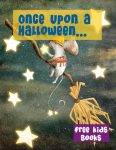 Once Upon a Halloween - A cute rhyming halloween story for young children with beautiful imagery and some recipes at the end. Available in pdf and in editable .odg format and using the open dyslexic font.
Once Upon a Halloween - A cute rhyming halloween story for young children with beautiful imagery and some recipes at the end. Available in pdf and in editable .odg format and using the open dyslexic font.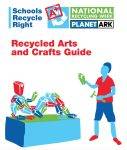 Recycling Arts and Crafts Guide – Planet Ark - Recycling Arts and Crafts free children's ebook is a fun collection of crafts made from recycling - perfect for schools, homeschoolers, families, and all children, young and old.
Recycling Arts and Crafts Guide – Planet Ark - Recycling Arts and Crafts free children's ebook is a fun collection of crafts made from recycling - perfect for schools, homeschoolers, families, and all children, young and old. Festive Recyclable Arts and Crafts Guide – Planet Ark - A wonderful selection of recyclable crafts with a festive season theme, use them at school or at home for fun filled days. Sample Page fromFestiveRecyclable Arts and Crafts Guide Download the full book by selecting one of the buttons below the post. See more about recycling at https://planetark.org and https://recyclingnearyou.com.au/ See more from Planet Ark ...
Festive Recyclable Arts and Crafts Guide – Planet Ark - A wonderful selection of recyclable crafts with a festive season theme, use them at school or at home for fun filled days. Sample Page fromFestiveRecyclable Arts and Crafts Guide Download the full book by selecting one of the buttons below the post. See more about recycling at https://planetark.org and https://recyclingnearyou.com.au/ See more from Planet Ark ...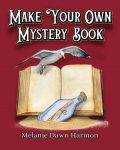 Make Your Own Mystery Book – MYOB Series - Instead of just reading books together at bedtime, aspiring young authors can now make their own book and share it! Spark imagination with the most popular children’s book genres and learn about story structure and creative writing. In this book, Write your Own Mystery Book, there are intriguing prompts of xxx and much more, to ...
Make Your Own Mystery Book – MYOB Series - Instead of just reading books together at bedtime, aspiring young authors can now make their own book and share it! Spark imagination with the most popular children’s book genres and learn about story structure and creative writing. In this book, Write your Own Mystery Book, there are intriguing prompts of xxx and much more, to ...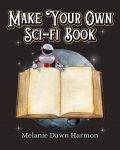 Make Your Own Sci-Fi Book – MYOB Series - Instead of just reading books together at bedtime, aspiring young authors can now make their own book and share it! Spark imagination with the most popular children’s book genres and learn about story structure and creative writing. In this book, Write your Own Fantasy Book, there are beautiful prompts of fairytale castles, dragons, unicorns, fairies ...
Make Your Own Sci-Fi Book – MYOB Series - Instead of just reading books together at bedtime, aspiring young authors can now make their own book and share it! Spark imagination with the most popular children’s book genres and learn about story structure and creative writing. In this book, Write your Own Fantasy Book, there are beautiful prompts of fairytale castles, dragons, unicorns, fairies ...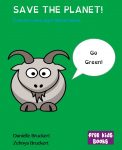 Save the Planet – Be Nice series book 4, revised edition - Save the Planet is a short simple book for young children, and beginner ESL readers, promoting values of conservation and ecologically-friendly behaviour. This book teaches children ten important lessons about conservation and actions that can help preserve and conserve our natural environment and the resources, for those of us, people and animals, who inhabit it. ...
Save the Planet – Be Nice series book 4, revised edition - Save the Planet is a short simple book for young children, and beginner ESL readers, promoting values of conservation and ecologically-friendly behaviour. This book teaches children ten important lessons about conservation and actions that can help preserve and conserve our natural environment and the resources, for those of us, people and animals, who inhabit it. ...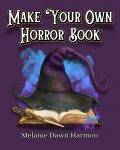 Make Your Own Horror Book – MYOB Series - Instead of just reading books, aspiring young authors can now make their own book and share it! Spark imagination with the most popular children’s book genres and learn about story structure and creative writing. In this book, Write your Own Horror Book, there are enchantingly scary image prompts of ghouls, witches, cauldrons, skeletons, and much ...
Make Your Own Horror Book – MYOB Series - Instead of just reading books, aspiring young authors can now make their own book and share it! Spark imagination with the most popular children’s book genres and learn about story structure and creative writing. In this book, Write your Own Horror Book, there are enchantingly scary image prompts of ghouls, witches, cauldrons, skeletons, and much ...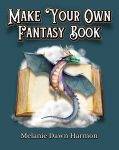 Make Your Own Fantasy Book – MYOB Series - Instead of just reading books together at bedtime, aspiring young authors can now make their own book and share it! Spark imagination with the most popular children’s book genres and learn about story structure and creative writing. In this book, Write your Own Fantasy Book, there are beautiful prompts of fairytale castles, dragons, unicorns, fairies ...
Make Your Own Fantasy Book – MYOB Series - Instead of just reading books together at bedtime, aspiring young authors can now make their own book and share it! Spark imagination with the most popular children’s book genres and learn about story structure and creative writing. In this book, Write your Own Fantasy Book, there are beautiful prompts of fairytale castles, dragons, unicorns, fairies ...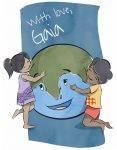 With Love Gaia - A beautiful leaf flutters from the palm of Gaia, Mother Earth, with a message for Kaya and Kabir. What is the message? What does Mother Earth want to say to us? Is she hurting? How can we help? Read on to find out about Kaya and Kabir’s adventure and how the children organise their community ...
With Love Gaia - A beautiful leaf flutters from the palm of Gaia, Mother Earth, with a message for Kaya and Kabir. What is the message? What does Mother Earth want to say to us? Is she hurting? How can we help? Read on to find out about Kaya and Kabir’s adventure and how the children organise their community ...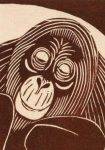 Orang-utan: Haiku set to images for older children - Another beautiful volume of Haiku set to beautiful art from Gabriel Rosenstock. Very suitable for older children or school studies. Each poem in this thought provoking poetry anthology contains a stunning public domain artwork or image. Gabriel Rosenstock See more from Gabriel Rosenstock on FKB For more about Haiku, see here: https://vcbf.ca/event/about-haiku/. It is ...
Orang-utan: Haiku set to images for older children - Another beautiful volume of Haiku set to beautiful art from Gabriel Rosenstock. Very suitable for older children or school studies. Each poem in this thought provoking poetry anthology contains a stunning public domain artwork or image. Gabriel Rosenstock See more from Gabriel Rosenstock on FKB For more about Haiku, see here: https://vcbf.ca/event/about-haiku/. It is ...
Sponsored Links:
Note – if you sign up through these links, it doesn’t cost you any extra, but FKB receives a small donation, which helps us with our project to buy more FREE Hardcopies for kids who need them
All our posts are checked by Grammarly, the FREE online grammar checker (We still receive a donation even if you only sign up for the free account :-):

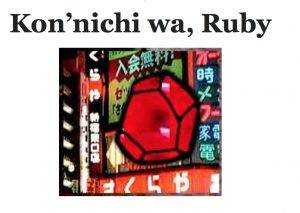
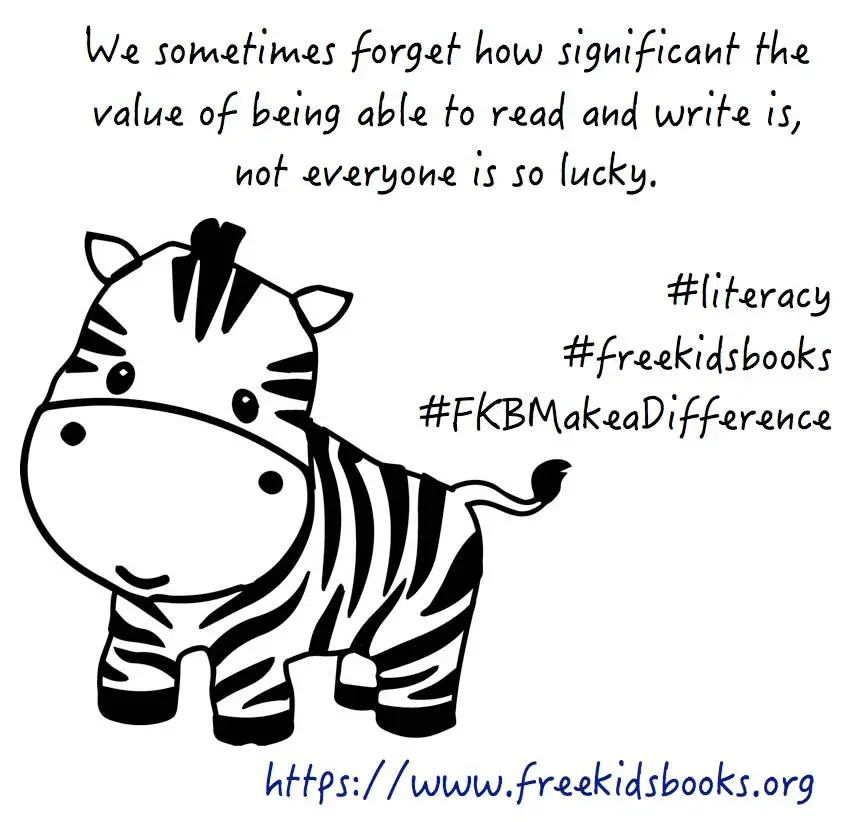











This is a great book for children like me, and it understandable and easy.
Why is this even in the children category? I’m sure they probably dont get this.
It’s in the young adults category, and you’d be surprised what young adults understand.
It’s been mathematically proven that this book has the correct ratio of fox cartoons to code samples, great approach to explaining a complex subject!